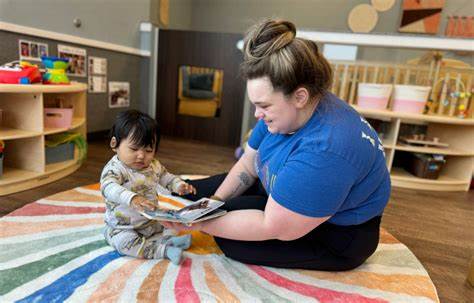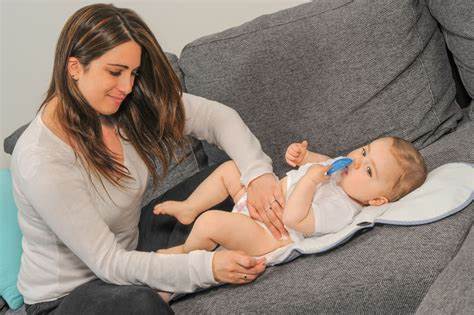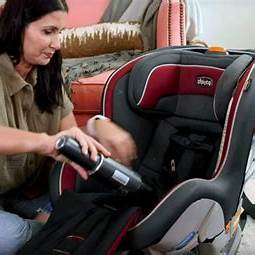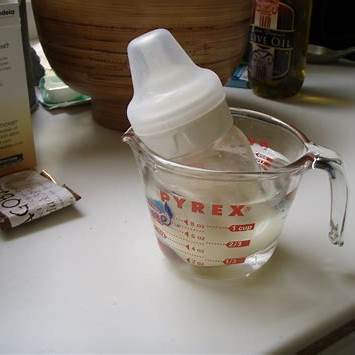Watching a baby go from their first coos to saying their first words is truly something special. As a parent or caregiver, you play a huge role in helping this language journey along. And honestly, you don’t need fancy gadgets or expensive classes—the best things are often the simplest: consistent, loving interactions. Here’s a practical guide with steps you can take every day to nurture your baby’s language skills.
- Talk, Talk, Talk (and Listen!)
If there’s one golden rule, it’s to talk to your baby as much as you can. They’re soaking up every sound, tone, and word.
- Narrate Your Day: Say what you’re doing as you do it. “I’m changing your diaper now,” or “Look, the dog is barking!” This helps babies link words to real things and actions.
- Use ‘Parentese’ (in Moderation): You might naturally speak in a higher pitch, slower pace, and exaggerated intonation. Research shows this “baby talk” grabs their attention and helps them learn sounds—though it’s good to mix in regular adult speech, too.
- Respond to Their Sounds: When your baby babbles or coos, reply as if you’re having a little chat. If they say “ba-ba,” you might answer, “Yes, that’s a ball!” It teaches the back-and-forth rhythm of conversation.
- Ask Questions and Pause: Even if they can’t answer yet, ask questions like, “Do you want your bottle?” then pause to give them a chance to respond with a sound or gesture.
- Limit Background Noise: Too much TV or radio can overwhelm babies. One-on-one talking is way more helpful for language learning.
- Read to Your Baby Every Day
Reading aloud from day one is one of the best things you can do to boost language skills and literacy.
- Start Early: It’s never too soon. Even newborns benefit from hearing your voice and seeing colorful pictures.
- Pick Age-Appropriate Books: For newborns, high-contrast black-and-white books work well. By 3-6 months, crinkly and textured books catch their attention. Around 6-9 months, sturdier board and lift-the-flap books are great, and by 9-12 months, they enjoy rhyming books and pictures of everyday things.
- Make It Interactive: Point to pictures and name them. Ask simple questions like, “Where’s the cat?” and make sounds related to the story. Let your baby handle the book, too—even if pages get turned out of order!
- Sing Songs and Rhymes
Songs and rhythm are fantastic for language learning.
- Sing Lullabies and Nursery Rhymes: The repetition and rhythm help babies notice speech sounds.
- Add Actions: Simple gestures with songs (“Pat-a-Cake” or “Twinkle, Twinkle Little Star”) connect words to meaning and aid memory.
- Play Different Music: A variety of genres exposes your baby to diverse sounds, enriching their listening experience.
- Play Language-Rich Games
Games are a natural, fun way to encourage communication.
- Peek-a-Boo: Teaches object permanence and encourages vocalizations and laughter.
- Pat-a-Cake: Builds memory and coordination through repetitive words and actions.
- Imitation Games: Mimic your baby’s sounds and movements, then wait for them to copy you—this conversational “dance” is vital.
- Naming Games: Point to body parts, toys, or household objects and name them aloud.
- “Where’s the…” Games: Hide a toy and ask, “Where’s the teddy?” then reveal it, reinforcing names and concepts.
- Expand on Their Communication
When your baby tries to say something, respond by building on it.
- Expand Babbling: If they say “ga-ga” while pointing at a dog, say, “Yes, that’s a dog! The dog says woof-woof!”
- Expand Single Words: If they say “ball,” reply with, “Yes, that’s a big, red ball!” or “Do you want the ball?”
- Connect Words to Actions: When your baby reaches for a toy, say, “You want the car,” helping them link words to what they’re doing.
- Use Descriptive Language: Add detail. Instead of “blanket,” say “Look at the soft, fluffy blanket.”
- Create Opportunities for Communication
Encourage your baby to express themselves.
- Offer Choices: Hold up two items and ask, “Do you want the apple or the banana?” Then wait to see what they reach for or look at.
- Pause and Wait: During play or chat, pause expectantly to give your baby a chance to respond.
- Respond to Gestures: When they point, name the object they’re indicating to reinforce nonverbal communication.
When to Seek Advice
Every baby develops at their own pace, but if you have any concerns about language milestones, don’t hesitate to talk with your pediatrician. Early support can really help.
Supporting your baby’s language is one of the most rewarding parts of parenting. By talking, reading, singing, and playing every day, you’re not just teaching words—you’re building a foundation for thinking, social skills, and emotional growth.









